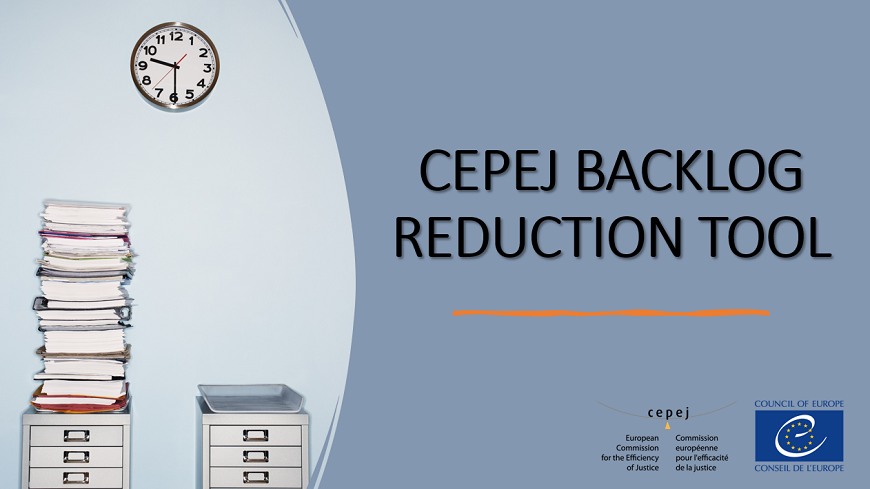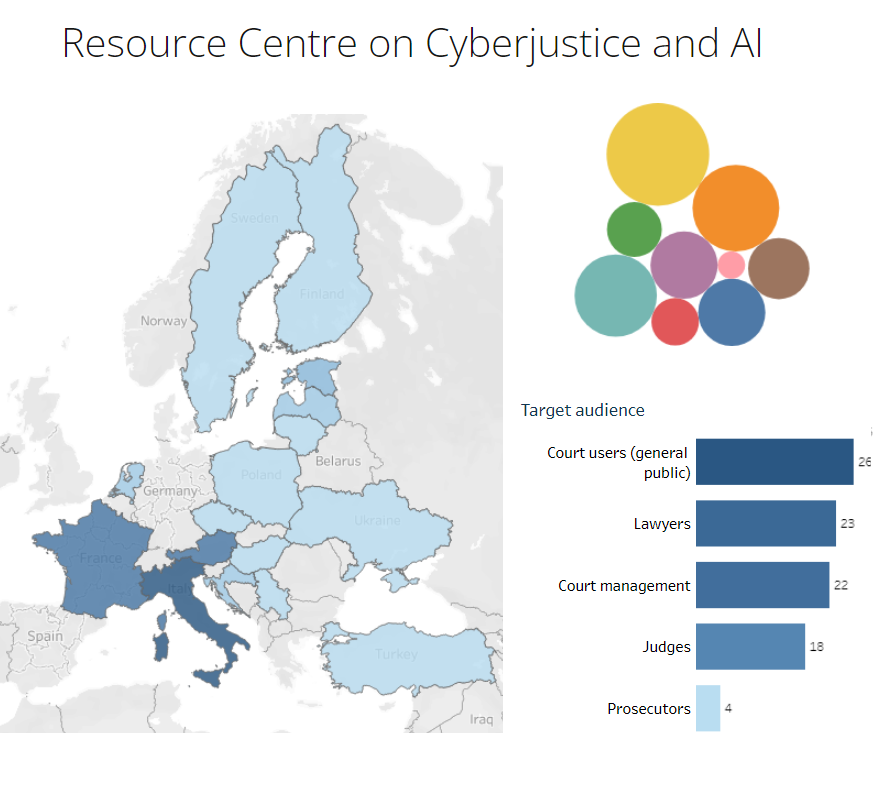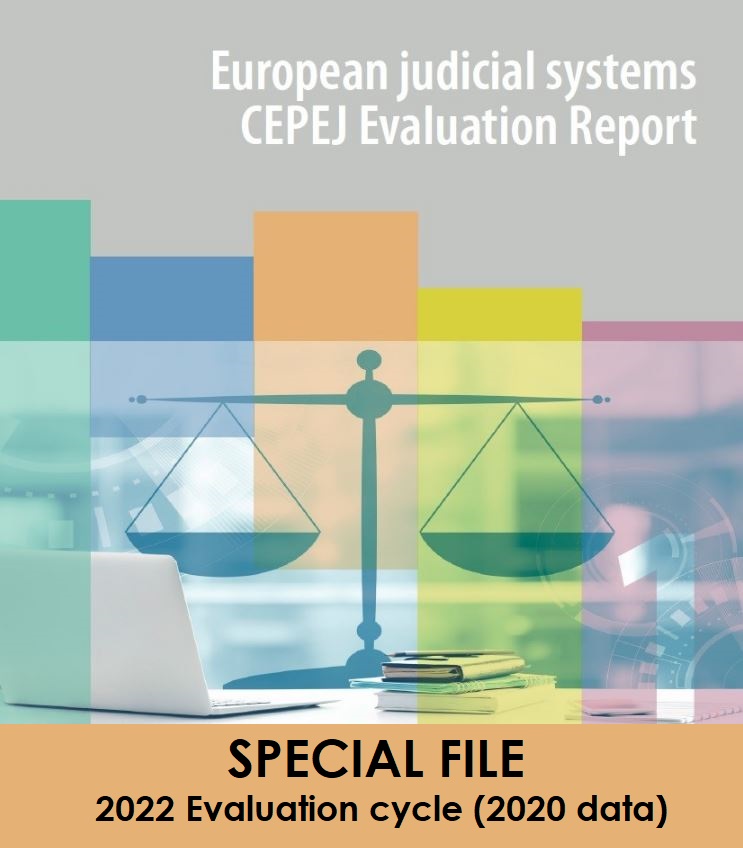During its 40th plenary meeting (Strasbourg, 15-16 June 2023), the CEPEJ adopted a new tool designed to help countries reduce the backlogs of court cases, a frequent issue encountered by many states and highly detrimental to the right to a fair trial within a reasonable time enshrined in Article 6 of the European Convention on Human Rights. The tool comes as a response to requests from numerous states which led the CEPEJ to adopt the « Reflection note on the preparation of a CEPEJ tool to reduce judicial backlogs » prepared by the CEPEJ Working Group on judicial time management (CEPEJ-SATURN) in December 2022 and to form an ad hoc Working Group that was tasked with preparing the tool for the next plenary meeting in June 2023.
The notion « Backlog » refers to pending cases at the court concerned which have not been resolved within an established timeframe*. This accumulation of pending cases stems from various issues, such as an inadequate legal framework, insufficient court resources to deal with incoming cases, shortcomings in case management practices etc. This situation is problematic because it leads to substantial delays in court cases, increases the cost of legal proceedings, contributes to legal uncertainty and has a negative impact on public perception of and confidence in judicial systems.
It is precisely with a view of addressing this detrimental dynamic that the CEPEJ has created this tool. Its principal goal is to give general directions on how to identify the problem in a given judicial system and provide examples that could inspire actions aimed at resolving backlogs and preventing procedural delays in member States.
The step-by-step methodology put in place by the CEPEJ in this tool is presented in four strategic phases:
First, the identification of the causes of backlogs through a quantitative and qualitative analysis, which combines together statistical data related to court cases (for example, number of incoming/resolved/pending/backlog cases, age of pending cases, length of proceedings, number of judges etc.), CEPEJ efficiency indicators (such as Clearance Rate and Disposition Time) and legal and operational analysis (for example, the regulatory framework and rules of procedure, the availability and the effective use of resources, court practices and internal organization of court’s work).
Second, the development of a concrete and goal-oriented strategy, which involves defining targets at different levels (at the level of judges, at the level of courts, at the level of the judicial system as a whole) and adopting certain measures corresponding to the causes of the problem identified in the first stage (measures that can address legislative framework, organisation of judicial systems, legal training, resource allocation, digitalisation of judicial systems, interaction with justice actors, court management, and case management).
Thirdly, establishing a regular monitoring mechanisms to track the fulfilment of the targets. Monitoring goes hand-in-hand with implementation of the strategy, with a focus on the quality, timeliness, and relevance of various backlog reduction activities for achieving the desired outcomes.
Lastly, ensuring sustainability to avoid recurrence of the backlogs in the future. This last step involves defining directions for future effective performance of judicial systems based on lessons learned, analysis of anticipated case-flow and future trends.
By identifying areas where backlogs are formed, understanding the underlying causes, and proposing measures to address backlogs across different levels of court systems, this tool offers approaches adaptable to the specific circumstances of a judicial system, rather than a fixed set of solutions. To ensure effective implementation of this tool, it is recommended to draw on the know-how of the CEPEJ and its experts in order to make necessary adjustments and create solutions tailored for the specific needs of a judicial system. Its implementation will also require close co-operation with courts and judicial institutions in generating, testing and applying solutions to problems identified at both the system and local levels. Based on the experiences gained from its practical implementation, this tool is intended to evolve, making it a dynamic resource that will be updated accordingly.
*Timeframe is an established period of time (in the laws, regulations, court procedures or among the courts and parties), within which cases are expected to be solved. Each judiciary has its own timeframes and they are usually different for different case types.
Link to the Backlog reduction tool







